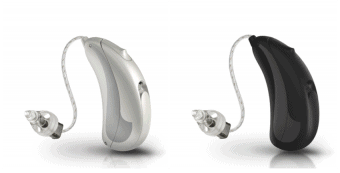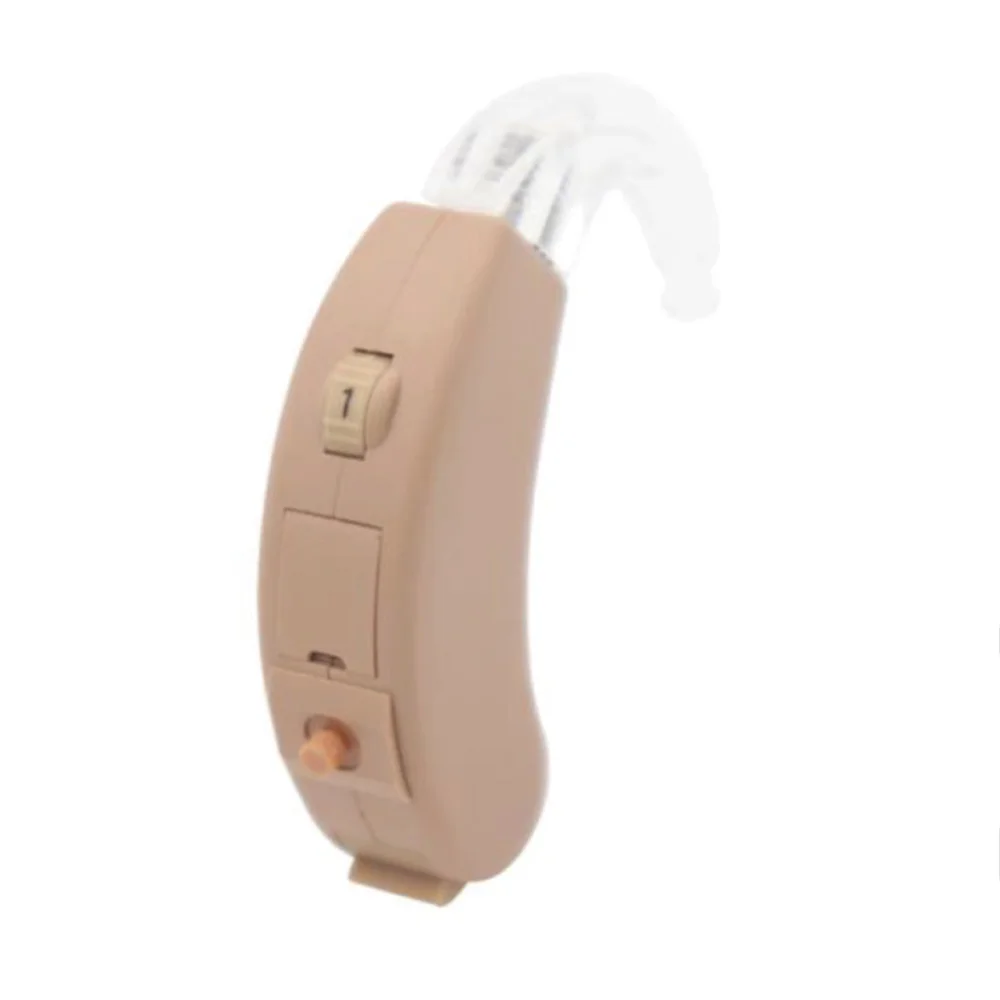
Digital signal processing allows amplification to occur with minimal distortion, resulting in a more natural sound quality.ĭigital hearing aids are programmable, meaning the hearing aid settings can be precisely fine-tuned, and special features can be adjusted for each wearer by an audiologist, using special hearing aid software on a computer. In addition, the advanced digital processing within the hearing aid enables different amounts of amplification for soft, moderate, and loud sounds, so that soft sounds are audible, but loud sounds are not uncomfortable or over amplified. The digital technology within hearing aids allows sounds to be separated into different frequency regions, or bands, and amplify each region selectively, depending on the hearing aid user’s hearing loss. A few digital instruments are capable of 1.8 million calculations per second. Digital processing enables very complex manipulation of sound, for example, to separate speech from noise. Hearing aids today are digital, which means incoming sound is converted into a series of numbers which are then processed using mathematical equations.


The term digital is used for most of today’s current technology, from televisions to cell phones.


 0 kommentar(er)
0 kommentar(er)
